(Spoiler: I don’t answer any of these questions)
My role at Edge Hill University’s Archive started early 2022 as a researcher. I would use the index cards allocated to students that go as far back as the first cohort in 1885 and investigate their lives using other records in the archive and websites such as FindMyPast, Ancestry, and the British Newspaper Archive. We have uncovered stories such as missionaries in India, an early student that went on to become a pioneering education reformer, and a student who has become infamous in the archive after we found a poem detailing a rebellious midnight feast before the Christmas holidays.

(Photo courtesy of Christine Mougne)
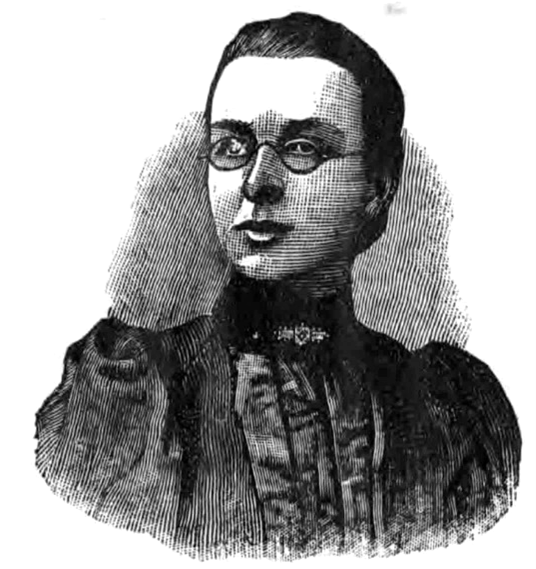
However, even with the thrill of uncovering mysteries of the past, I also have an undeniable curiosity of the unanswered questions we have in the archive; we have two grainy black and white photographs of a car being towed in Southport; there are countless mentions of mysterious ‘Rockets’ in the early college magazines; we have a pair of clogs; there are student theses about trampolining and comic book text bubbles; we have an old lantern that’s survived from the original college in Liverpool; a book of watercolour paintings of the University in the 1950s by the enigmatic E.G… But out of all these weird and wonderful items in the archive, the thing that has puzzled me the most is the one and only “Frogman”.
What is Frogman? Where does he come from?
I can’t quite remember when our Frogman journey begins, but he soon became a recurring running joke amongst archive staff. I would often say that Frogman is my favourite thing in the archive (a statement that worryingly becomes truer each day). We’ve even joked about me getting a Frogman tattoo (don’t tempt me). I suppose our first Frogman question was ‘Why?’. I think it’s at this point you may need some context…
In the archive, we have an 19th century scrapbook. The scrapbook is incredibly old, now without a spine, and the paper flakes at its edges. It’s front and back covers have a crimson and black marbled design. The pages have become orange over time and darkened towards their edges – a truly well-thumbed artefact. It’s like when you were young and you would tea-stain paper to make it look old… only this is the real deal, no tea needed! Colourful images have been cut out and pasted into each page. Among the images are bunches of multicoloured flowers, several Father Christmases (one of them doing a sort of Kubrick-stare!), birds in nests, musical instruments, horses and children playing snooker.
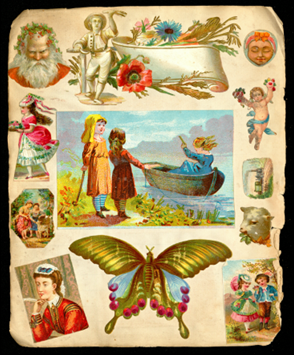
Can you find ‘Scary Santa’?
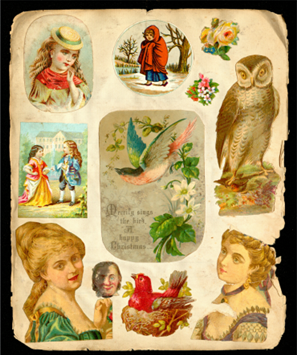
And then, in typical BBC2 anthology show fashion (I hope someone gets this reference), you turn to page No. 9. At the bottom centre of the page, there is a vivid turquoise illustration of a frog with its arms and legs outstretched as if suspended mid-air. The frog’s polka dot underwear isn’t the weirdest part when you pan up to notice he has the head of a moustachioed man. I give you… Frogman.
The original physical image of Frogman in the scrapbook is quite small. However, thanks to the powers of digitisation, we can zoom into the image and take a closer look. Frogmanness aside, the way he’s been drawn makes him stand out from the rest of the gentle, calming, sentimental illustrations that surround him. He’s very sketchy, and the shadowed parts of him under his arms, beside his neck, and on his feet have all been drawn quite roughly and haphazardly, not at all in the neat fashion seen in the beside image of galloping horses.
So, once again, ‘Why?’
Why, when the entire scrapbook is filled with Victorian tweeness (scary Santas aside), would the scrapbooker decide to grant us with Frogman? Was this a trend amongst scrapbookers? Was it stuck in against the owners will? Frogman is against a brown rectangle of paper, so are we to assume there is something beneath him? Has he been used to cover something up? What is Frogman hiding? But what would be so embarrassing that warranted using a human/amphibian hybrid to cover it up? I dare not see what’s beneath… for one, it’s against archive guidelines.
Zooming in closer, we began uncovering even more Frogman mythology, and discover he isn’t mid-air at all! In fact, the horizontal line that runs through both wrists and across half his face leads us to believe he is submerged underwater. There are even hints of seaweed on either side and underneath him. Therefore, his shocked position could be one of panic as he tries to reach the surface! Thankfully, the waters appear to be shallow for him as the artist has kindly included a shadow beneath him, suggesting a swamp or riverbed. And so, another question is sparked: Why doesn’t he just stand up? I begin to wonder if he’s just doing it all for attention… Well, it’s clearly worked.
And then we zoom in once more and there are five lines coming from his mouth. He is calling out for something. ‘Help’? ‘Hello’? ‘Ribbit’? Frogman is in trouble!
Is this all getting a bit silly? Have I lost you? Can you tell I’m an EHU Creative Writing postgraduate?
But who is Frogman?
On a more serious note, we began questioning whether the head of Frogman isn’t fictitious, but rather of a real person. Is this, instead of a whimsical comic illustration, a serious satire of some political figure from the past? (It was here that I postponed my tattoo booking…).
It was at this point we contacted Edge Hill University’s Nineteenth Century Studies academics to ask if they could shine a light on our archival mystery. Dr Laura Eastlake responded saying it could relate to Victorian anthropomorphism, the tradition of giving animals or objects human characteristics. She also mentioned works such as The Wind in the Willows and weird Victorian Christmas cards (a rabbit hole I advise you all to fall down at some point), both of which use anthropomorphised frogs.

Dr Bob Nicholson thought Frogman looked late-Victorian or even Edwardian. He also wondered if it is meant to be a caricature of somebody specific, but who that person is he couldn’t pin down.
Then Dr Andy McInnes responds with a theory that could be our missing jigsaw piece. He theorised that Frogman’s head is science-fiction writer H. G. Wells, and the illustration is reference to one of his most famous works, The Island of Dr Moreau, in which a mad scientist creates human/animal hybrids. Could this be what Frogman is, a comment on a writer being intwined with the horrors of their own work?
Laura’s response to Andy took this idea further, as she recalls an underwater story by Wells, In the Abyss, which features frog people. Laura also mentions the tradition of images of scientists/writers hybridised with their animal subjects. For example, this image of Darwin’s head on the body of an ape:
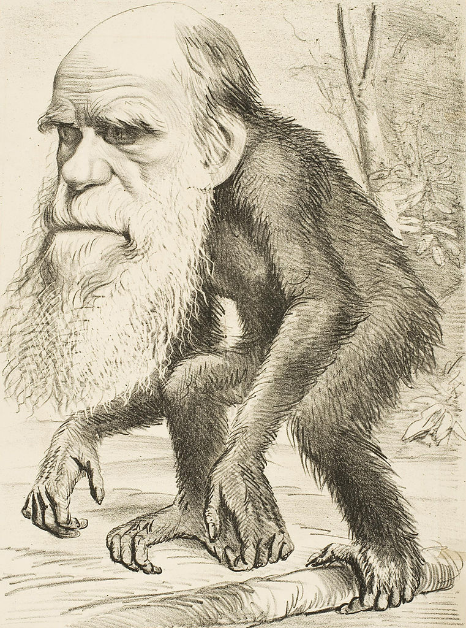
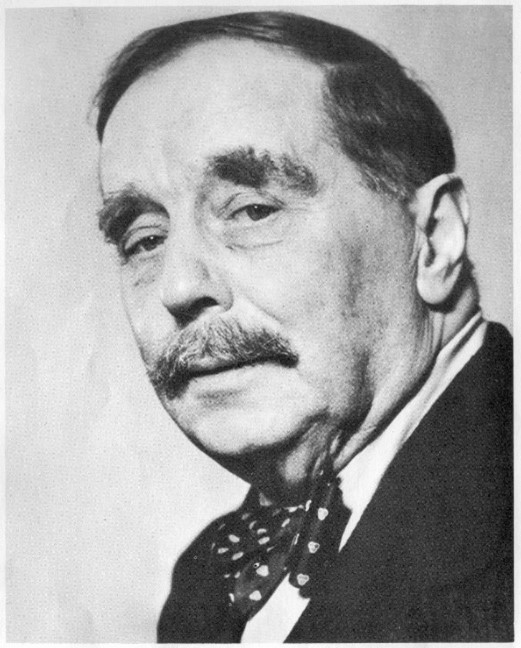
Before I finish, I think it’s important to say that the archive is open to all. If you’re wondering how and if it can be of use to your studies as a research resource, if you’re generally interested about Archives as a potential career, or if you’re just interested in the hidden gems we have here, don’t hesitate to book an appointment and pop in!
So, where does all this leave us? Well, other than my dreams for Frogman merch (tote bags, pins, stationary, the lot) not that far from the many questions included in the title for this article. Thanks to EHU19, however, we may have answered ‘What’ Frogman is, but nothing is set in stone yet. I think Frogman’s mystery is quite exciting, though. The Frogman fandom (yes, I just said that), can grow and spread its… webbed feet? And we can enjoy our many questions even if the answers don’t find us. I was going to finish this article with a thoughtful final line like ‘Questions can be more important than answers…’, but really, when it comes down to it, this has been a 1,400-word article about a bonkers illustration in an 19th century scrapbook. I think that’s quite funny.
Guess who?
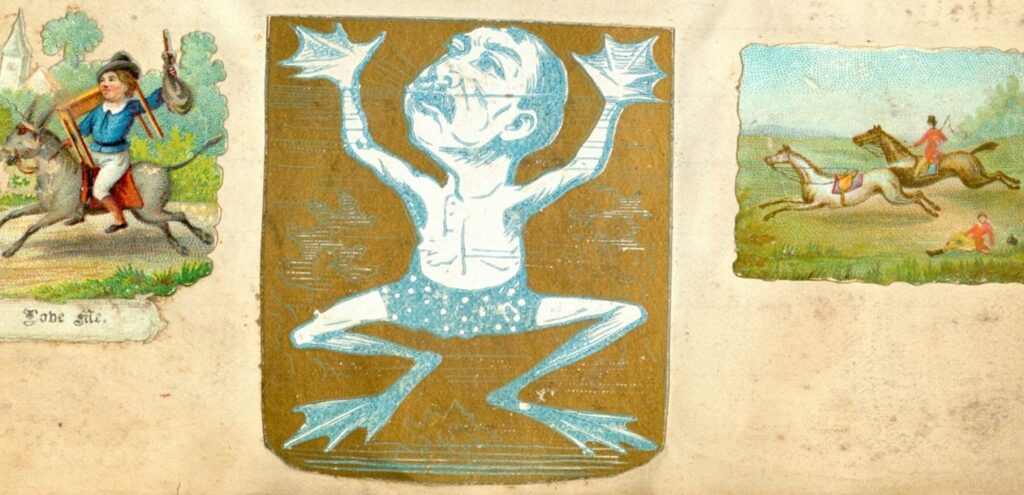

By Jack Bennett
Jack is a EHU Creative Writing postgraduate currently working as an Archive Project Assistant.
Learn more
To find out more about our archive you can visit their webpage or browse their collections online.
